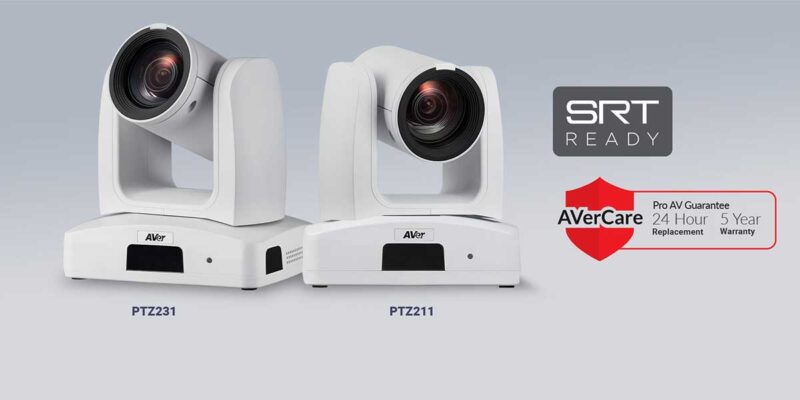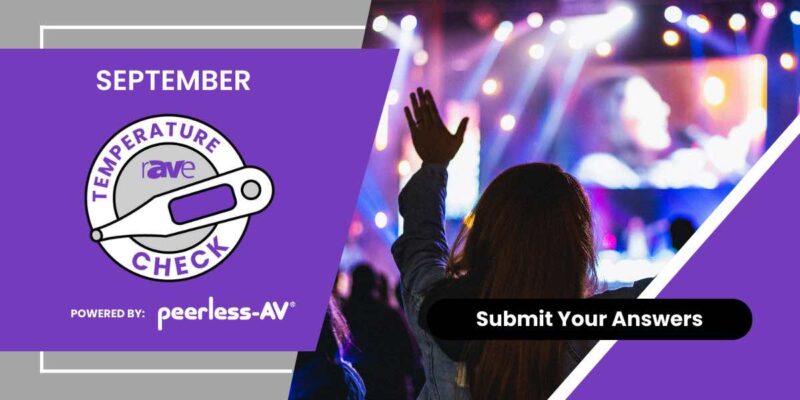1.5 Decisions to Make Now About Your Next HOW Event
 If you are supporting a HOW event in the next, let’s say, three to six months, it’s time to plan for it to be both in-person and virtual. In fact, that’s the decision we recently made for Pilgrimage 2021, the regional HOW event of the NC Conference of the United Methodist Church. With the increased efficacy of the COVID-19 delta variant spread, worship teams are once again back to the drawing board when it comes to creating engaging and well-attended opportunities for fellowship within their religious community.
If you are supporting a HOW event in the next, let’s say, three to six months, it’s time to plan for it to be both in-person and virtual. In fact, that’s the decision we recently made for Pilgrimage 2021, the regional HOW event of the NC Conference of the United Methodist Church. With the increased efficacy of the COVID-19 delta variant spread, worship teams are once again back to the drawing board when it comes to creating engaging and well-attended opportunities for fellowship within their religious community.
Determining how to appropriately revert back to in-person activities after the pandemic was already established to be a struggle — the COVID-19 delta variant only expedited the date of delivery. If you are planning to support a HOW event in the coming months, advise your event organizers to make the call now. Quite honestly, advise your HOW customers to start thinking in this manner with regard to regularly occurring services and worship events. Allow me to share some tips about how we are shifting our technology and AV plans to accommodate this change.
Decision 1: Invest in a Digital-First Approach
You know just as much as anyone that a mixed experience event is practically two events. You can’t simply livestream your eye mag feeds to a paywall-ed website and call it a day. Our digital-first (virtual) offering for Pilgrimage 2021 will feature livestreams from the physical event and also some unique engagement opportunities. Four general sessions will still take place, and in addition to that, each of the elements (or packages) of those sessions will be available on demand for attendees to enjoy. The packages won’t be ready for production immediately after the live version of the event occurs on stage at the venue, so we are upping our switching equipment on-site and bringing on additional video editors to turn around content faster. Due to the limited amount of time we have to turn around packaged versions of the live event, our audio mix has to be as close to perfect as possible. Our teams won’t have the ability to adjust audio before we publish, so we’re addressing that challenge upstream with a mix dedicated to the session recording. In the past, we have just passed through the live mix.
Last year at Pilgrimage 2020, we were entirely virtual. To power this, we built a custom, WordPress-based virtual event platform. This allowed us to control the end-to-end experience without accepting any tradeoffs of an off-the-shelf virtual event platform. We are repurposing the work we did for that platform and are converting it to support our mixed event this year.
Still Invest in Traditional Events
To adhere to state and local recommendations for indoor gatherings — and, quite frankly, protect our attendees — we are limiting the number of in-person attendees that can join us this year. This limitation hits our budget significantly; we can’t charge as much for the virtual experience. Even with this, our traditional show design can’t be any less exciting and engaging than in years past. We made some challenging decisions to cut back in areas that we could (such as AV for conference activities) to reduce our financial footprint while still creating a high-energy and exciting show for the general sessions.
This will be our first year in a new venue, Rocky Mount Event Center (RMEC), after 15 years in another venue, Crown Complex. The attendance base for our event is relatively fixed: youth groups from local churches attend every year, so there is a decent amount of “institutional knowledge” in our attendees’ heads. This includes where to park, how to enter the venue, where to sit, where the bathrooms and concessions facilities are and other things. This isn’t the case with a new venue, so we aren’t able to reduce our investment in wayfinding signage and other guides. Luckily, the RMEC has a bunch of house-owned displays — both Direct View LED and flat panel—that we can take advantage of for this use case.
Investing? With What Budget?
I hinted above to the challenges we are facing regarding a budget. We are lucky to be nested under a parent organization that could allocate a budget from another sector due to some canceled events earlier in the pandemic. However, I recognize that not all of your customers can reach deeper into their pockets. Here are some quick tips about how to advise them to make cuts to the event without you having to offer greater discounts:
- They can provide tech staffing rather than you. We are saving thousands of dollars by using a volunteer-based workforce for techs for the event. We are positioning it to attendees as a way to get a “behind-the-scenes Pilgrimage experience.”
- Reduce (or spread out) move-in and move-out plans. If you bill overtime labor for work outside of the traditional day, encourage event planners to add a couple of days to the move-in and move-out schedule so that hands aren’t working off-hours and racking in additional overtime payments.
Decision 1.5: Be Flexible
The half-decision you can make now is as simple as it gets: Be willing to be flexible. Event cycles can be months or years long, so event planners have to go back to the drawing board every other day with the shifting pandemic landscape. Your willingness to be flexible will buy you some sought-after “partnership points” for future events where they will have more of an AV spend.
While I would like to personally put all of my eggs in the basket of “the pandemic is almost over,” unfortunately, it is not. Outside of the extremely unnecessary deaths and hospitalizations associated with the new wave of infections (read: get vaccinated), the challenges in offering an event keep growing. If they aren’t already, your customers will be on the way to you to ask for ways to cut down on their AV spending. Hopefully, the insight I provide above helps you advise event planners on how to best execute their goals in partnership with you.





